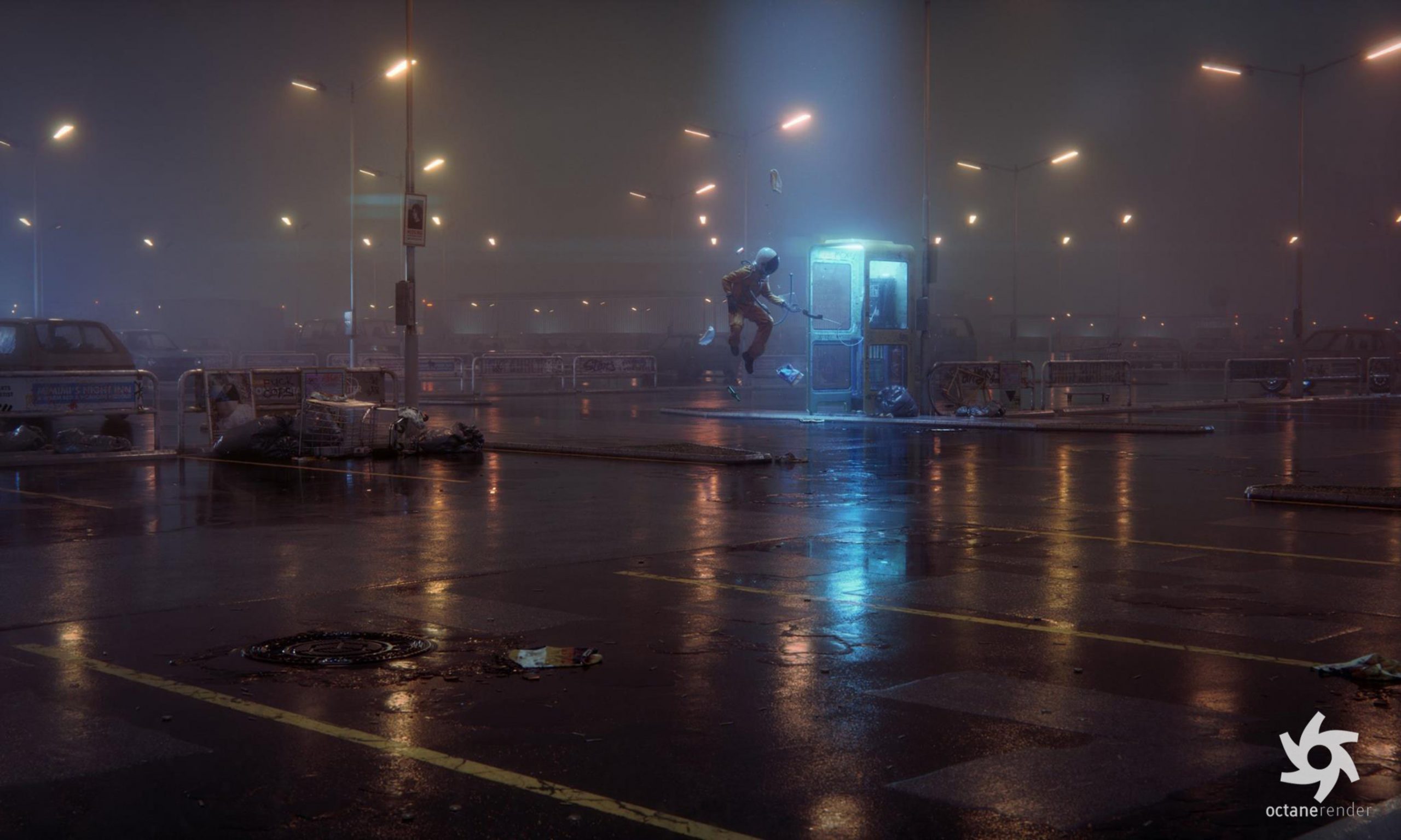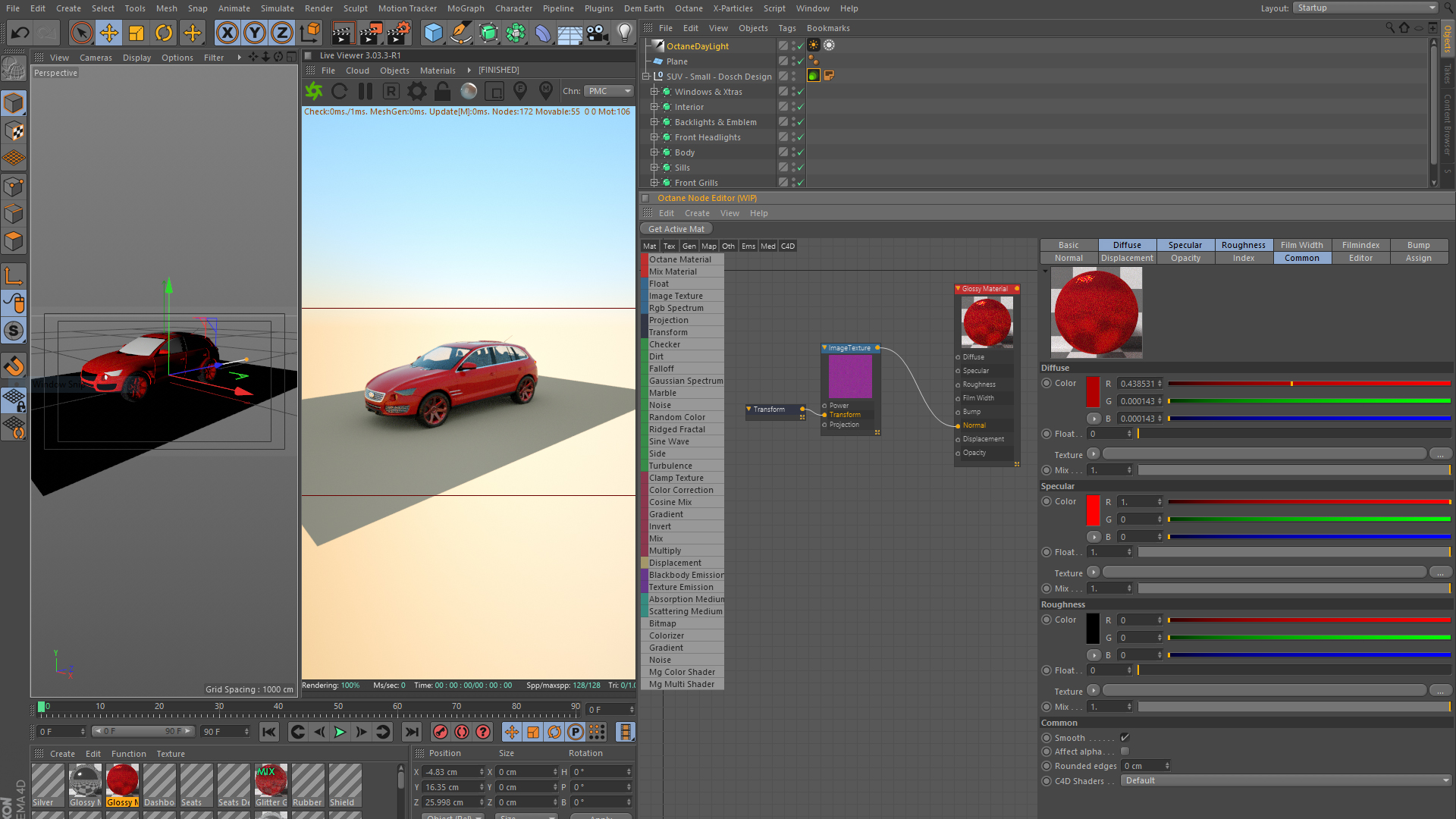
If you’re working on a single image for a static ad or a poster, it isn’t really a problem. Unfortunately, this has traditionally been a very time-consuming process, one that relied on your computer’s central processing unit (CPU). Last comes the final rendering of your images, when your computer calculates everything and renders the results into pixels.

Often high-dynamic-range (HDR) images are used for realistic lighting (a technique known as Image-Based Lighting). Materials, the third stage, describe how the surfaces of your objects appear for example, their color, reflectivity, bumpiness and transparency.ĭuring the lighting stage, you illuminate your scene. Next comes the animation stage where you tell the system how everything moves.

First comes modeling (and rigging), in which you create the three-dimensional geometry (or polygonal meshes) that describes the underlying structure of the objects in your shot. The process of 3D computer animation can roughly be summarized in five stages.

There has long existed a bottleneck in creating 3D computer animation and visual effects for motion pictures, namely the final rendering - the last step before CGI frames are sent over for compositing and finishing. The company leading the way in this area is the Los Angeles-based OTOY with its innovative GPU render engine, Octane Render. No, it’s not a pipe dream, it’s graphic processing unit (GPU) rendering, it’s here right now, and it’s one of the most exciting new developments in the field of CGI. Imagine if the excruciatingly long time it took to render photo-realistic 3D images were reduced to practically no time at all. Octane’s Live Viewer window (bottom right) continuously displays a final-quality render of your scene, immediately updated every time a change is made. A model of a Porsche, that is in the middle of being textured, is lit by an HDR image which also provides the reflections.

Octane is a powerful unbiased renderer that works with MAXON’s CINEMA 4D.


 0 kommentar(er)
0 kommentar(er)
